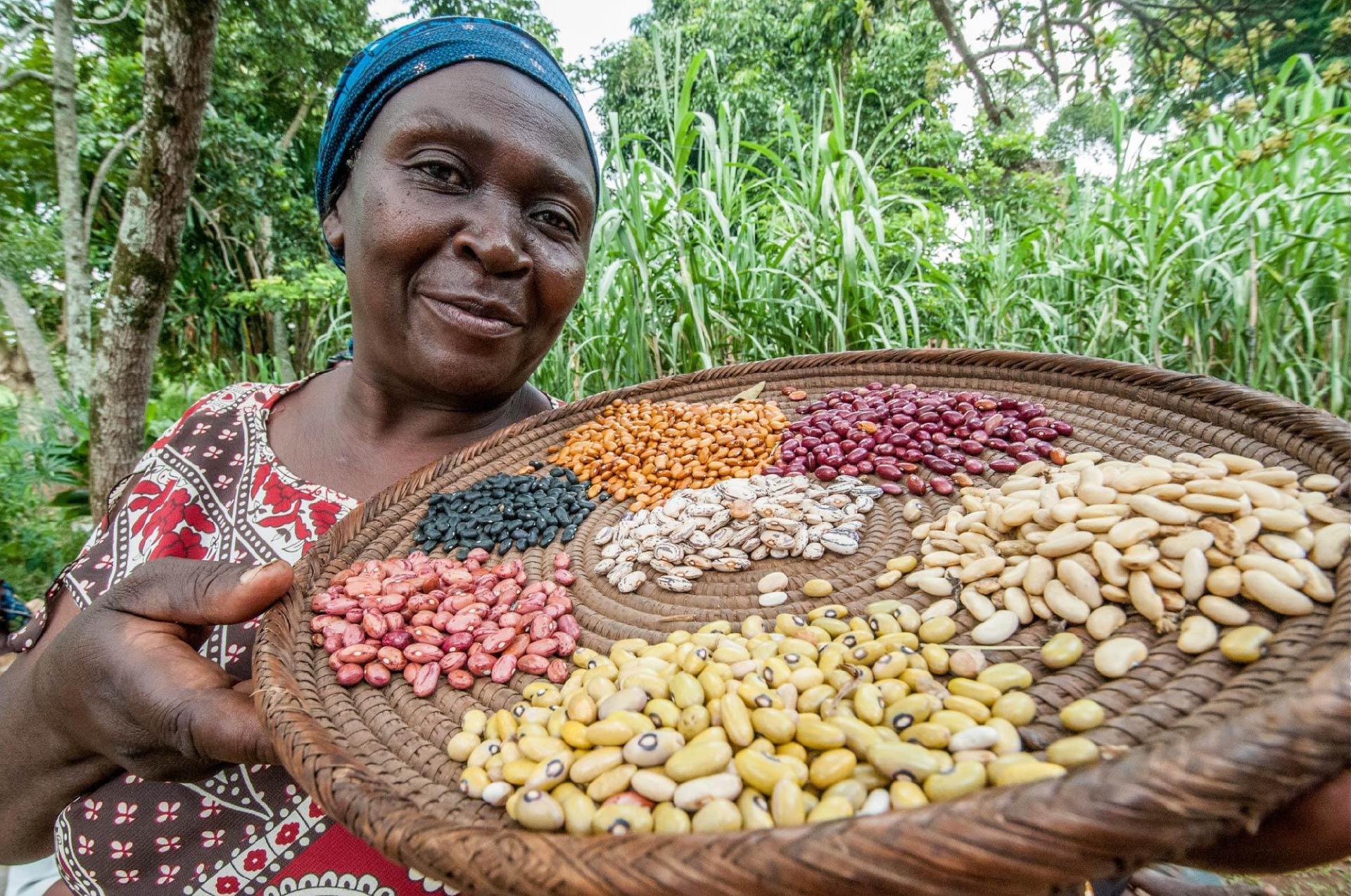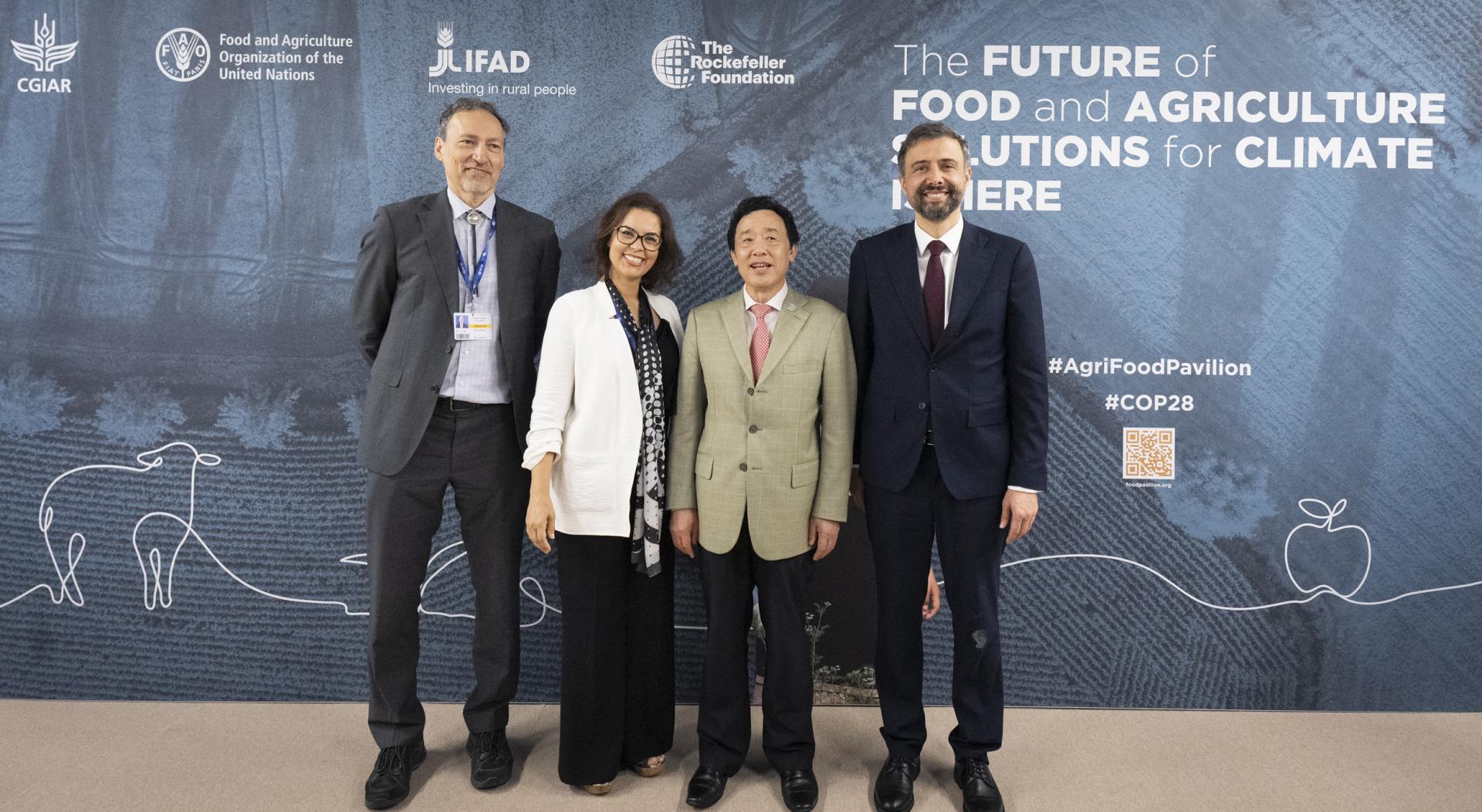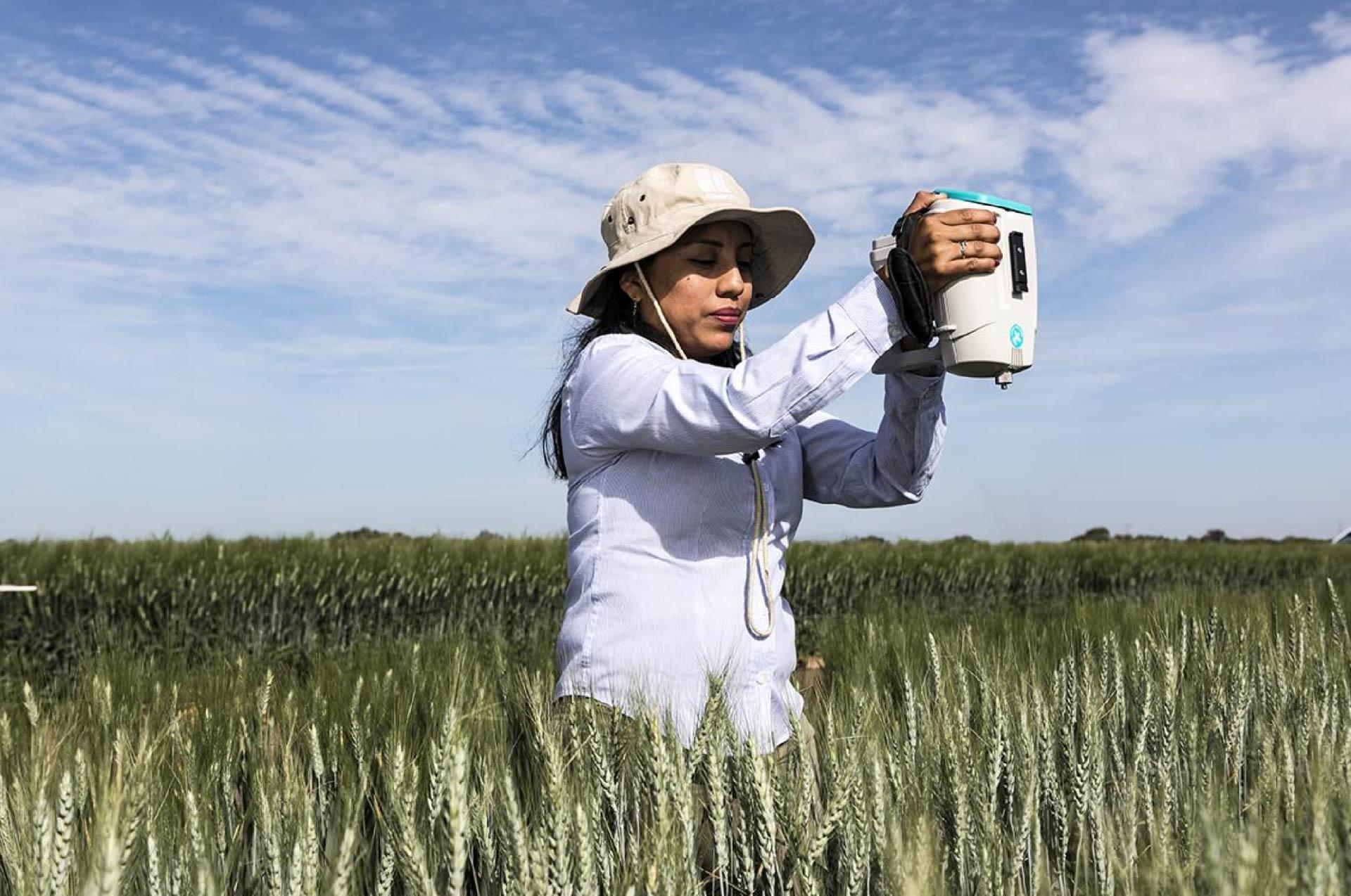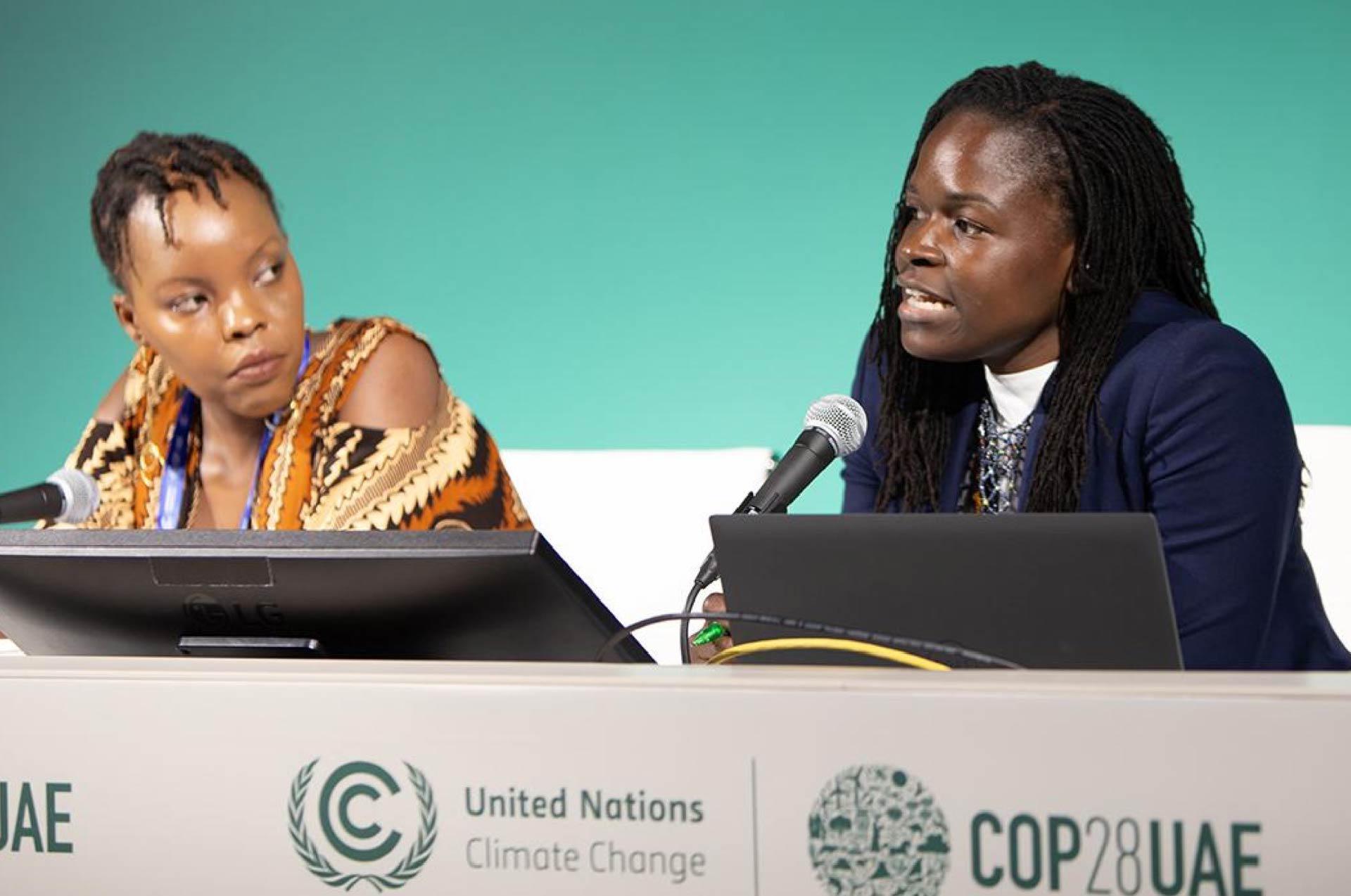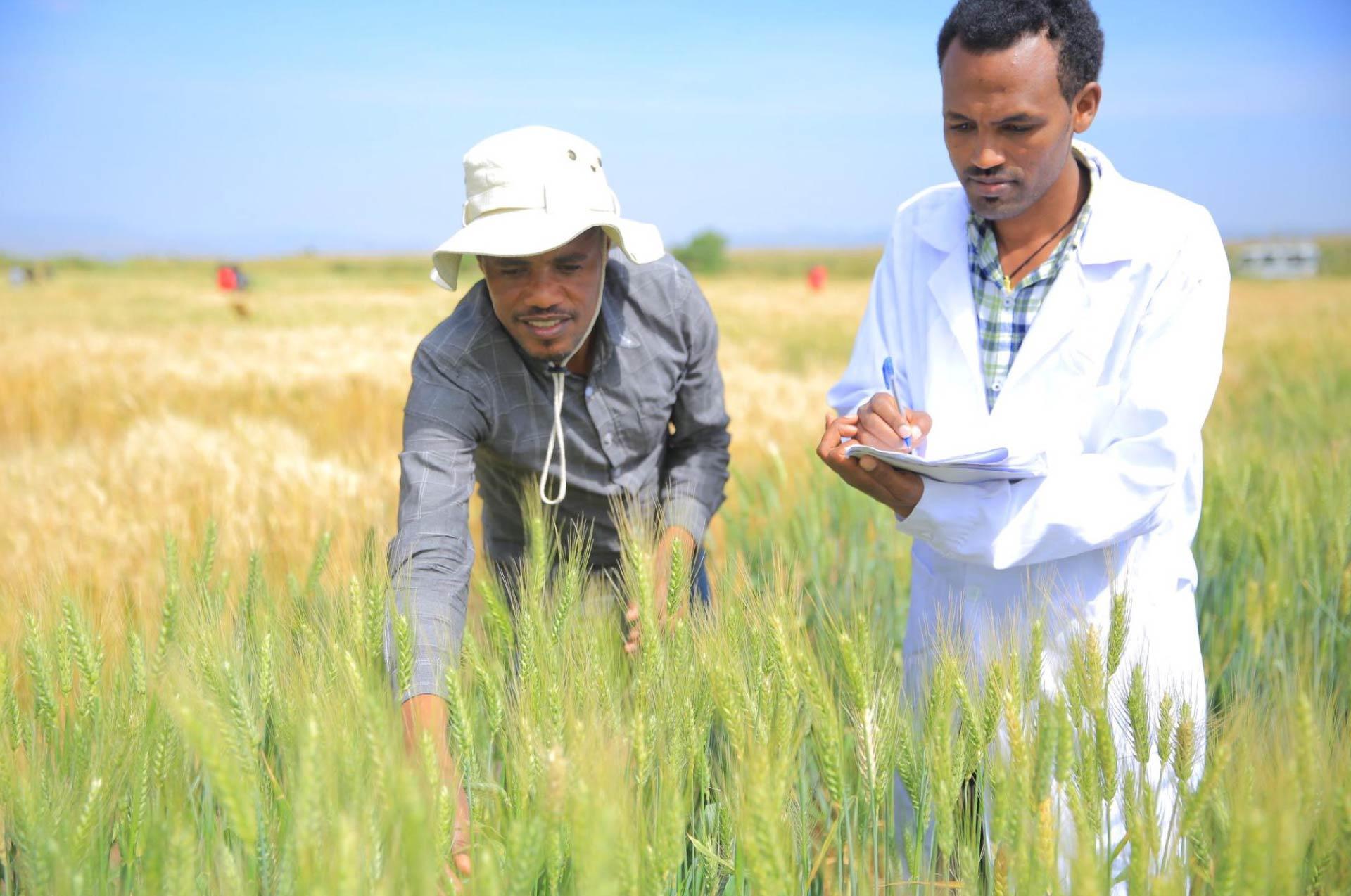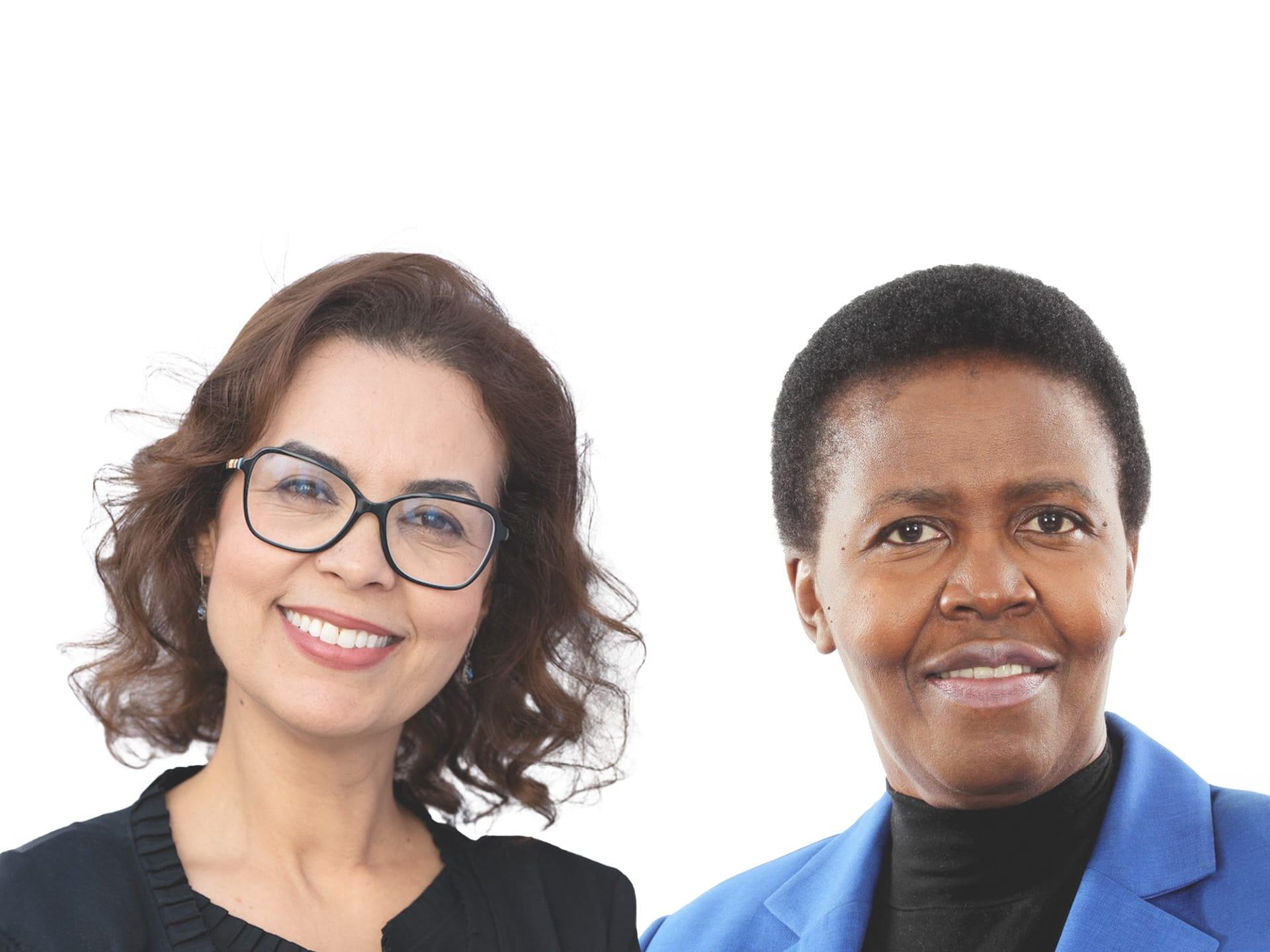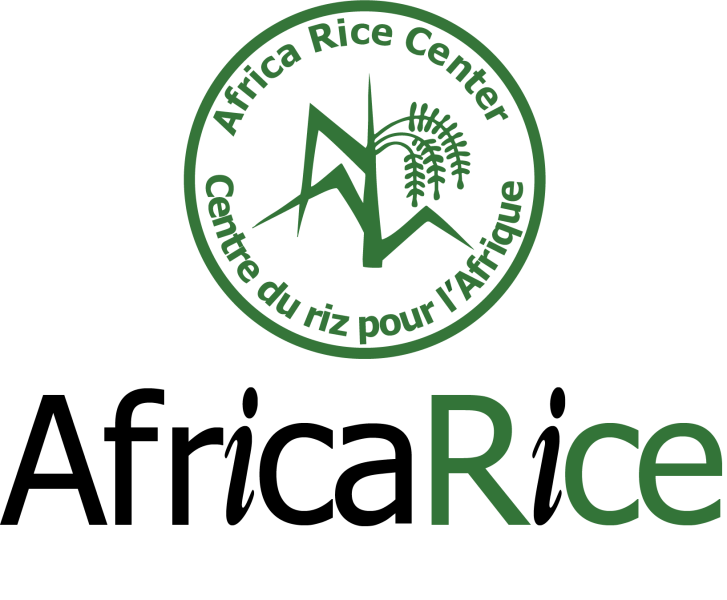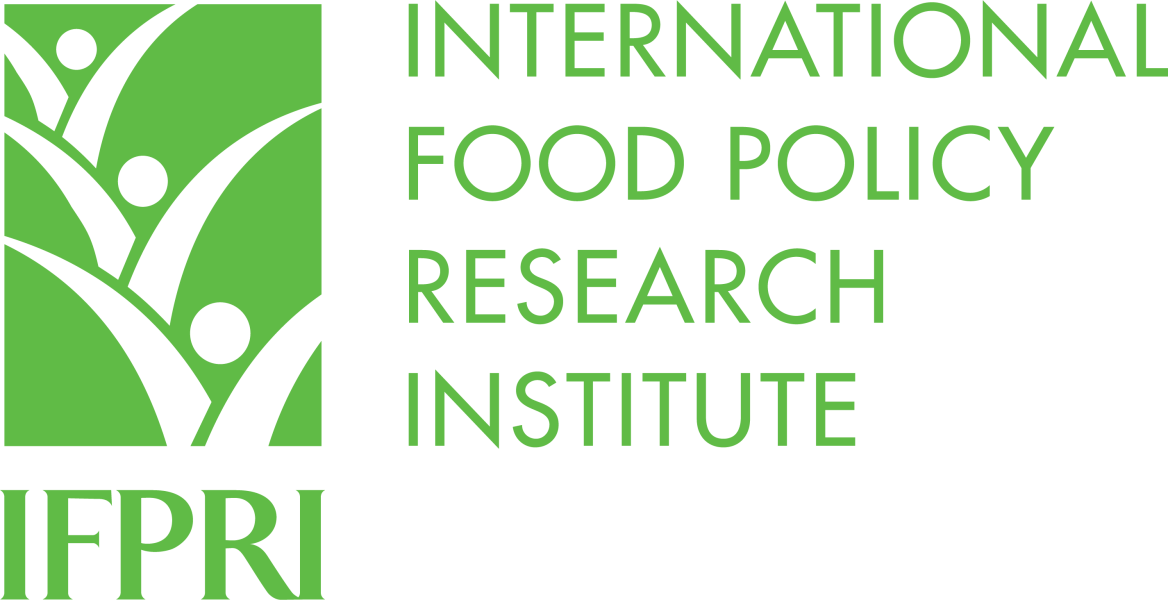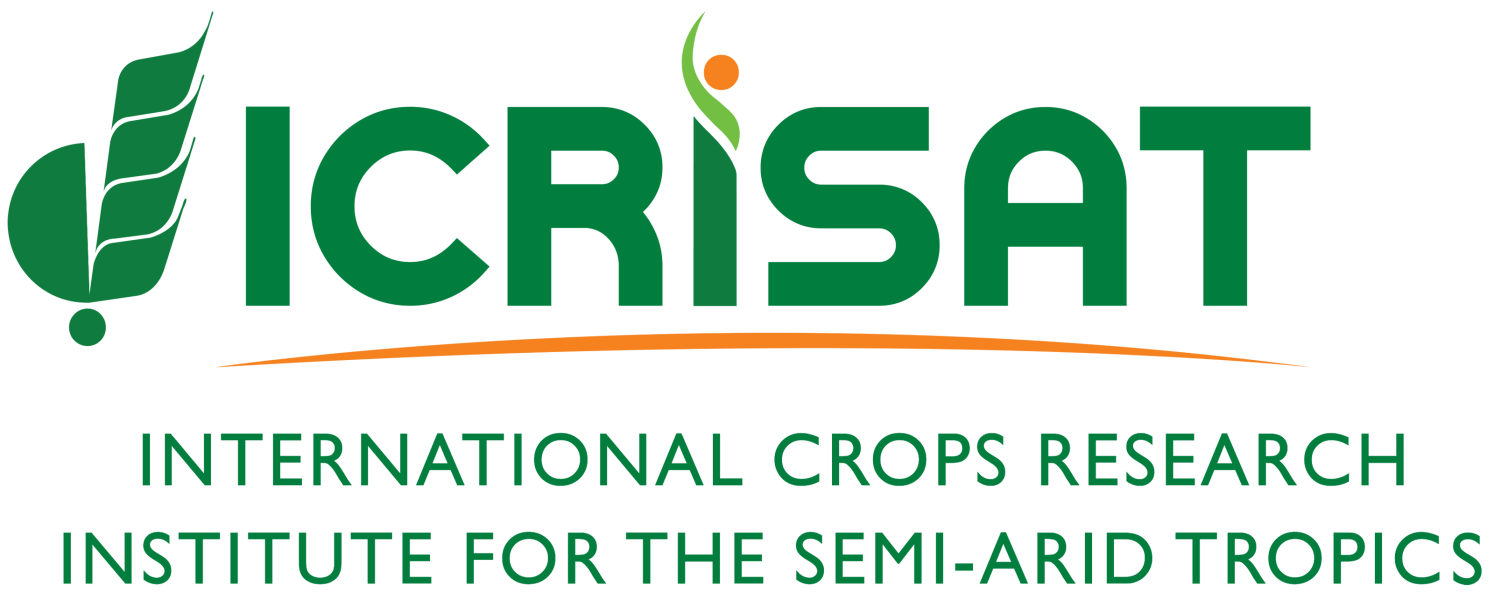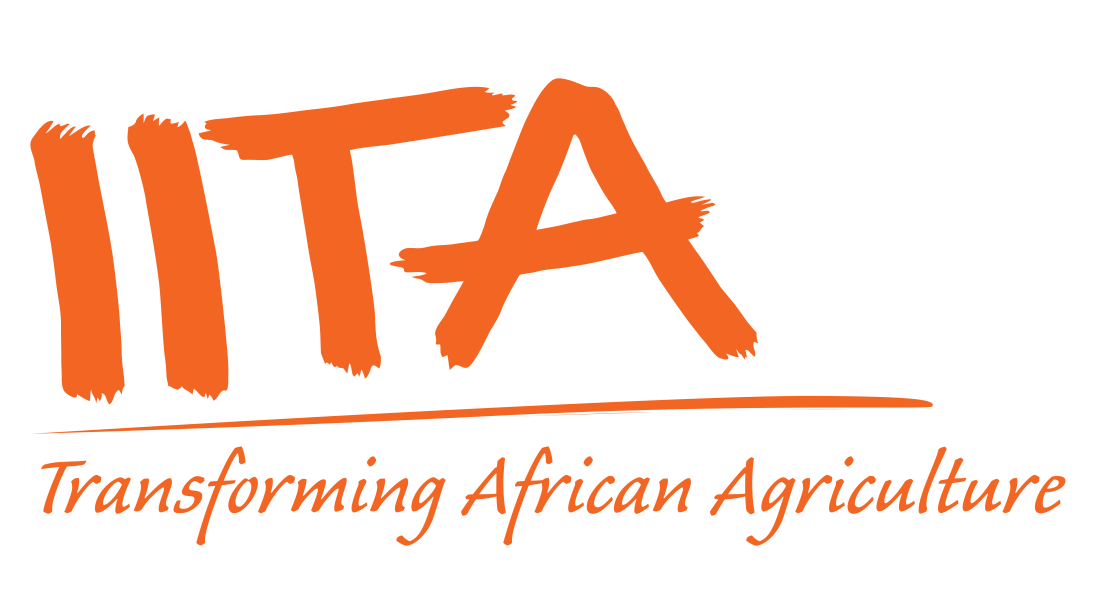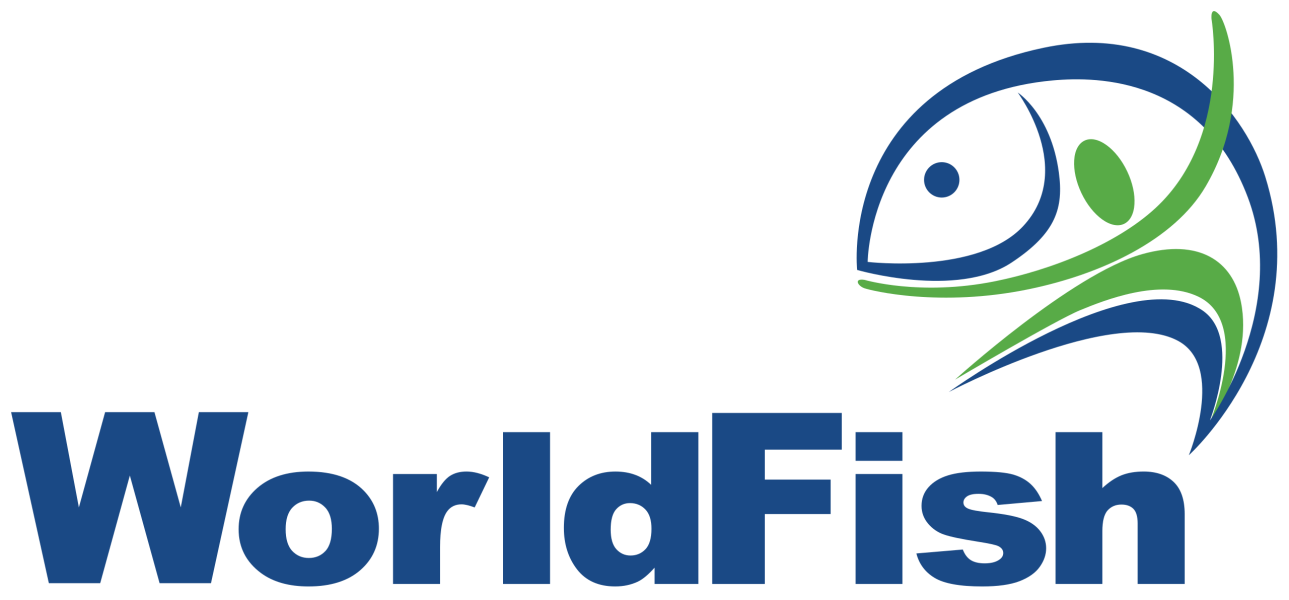CGIAR research contributes to achieving the SDG 1 (No Poverty); SDG 8 (Decent Work and Economic Growth) and SDG 10 (Reduced Inequalities). Its goal aligns with CGIAR’s 2030 Research and Innovation Strategy to lift people above the extreme poverty line (USD 1.90) and reduce poverty in all its dimensions, especially in rural areas. The CGIAR global targets include: (a) Lifting 500 million people in rural areas above the extreme poverty line by 2030; and (b) reducing poverty in all its dimensions by half by 2030.
This section of the Portfolio Narrative analyzes progress toward these goals for the 2022-2023 reporting period. 2023 marked the first year with specific reporting on poverty reduction, livelihoods, and jobs with data available on the CGIAR Results Dashboard. Encouragingly, the Poverty Reduction, Livelihoods and Jobs Impact Area had the third-highest number of results with 2,853 results according to CGIAR Initiatives’ theories of change.
Portfolio results for 2022-2023 toward the Poverty Reduction, Livelihoods and Jobs Impact Area
In 2022-2023, 3,159 (35 percent) results were specifically identified as contributing in a significant way to poverty reduction, livelihoods and jobs, while only 320 (5 percent) were considered as having a principal focus. This demonstrates that Initiatives/Impact Platforms/SGPs contributed to poverty reduction, livelihoods and jobs at the same time as addressing other Impact Areas and SDGs to maximize synergies.
It is also important to note that while 2,687 results (36 percent) were not tagged as having a significant or principal focus on poverty reduction, livelihoods, and jobs, and 2,928 were not considered applicable to the Impact Area (32 percent), the contributions of these results to these cross-cutting dimensions may have been indirect.
Out of 9,100 results reported in 2023, 3,479 were specifically reported for this Impact Area. Interestingly, out of the 3,479 results exhibiting a poverty tag of 1 (significant) or 2 (principal), 2,464 results have a specific focus on SDG 1 (No Poverty) (70 percent), 1,038 results target SDG 8 (Decent Work and Economic Growth) (29 percent), and only 454 results focus on SDG 10 (Reduced Inequalities) (1 percent).
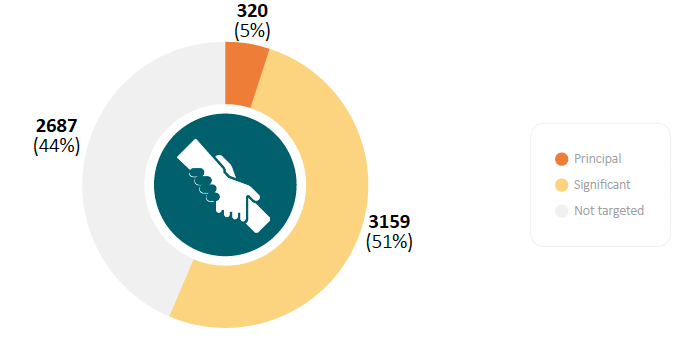
Figure 1. Number of 2023 results tagged to Poverty Impact Area.
Source: CGIAR Results Dashboard, accessed on 1 May, 2024.
With regard to contributions to CGIAR’s three Science Groups, ST emerged as the main focus, with 1190 results, followed by RAFS (1133) and GI. The Regional Integrated Initiatives reported 902 results.
The CGIAR Research Initiative on Fragility, Conflict, and Migration reported the highest number of results (133) across result types linked to this Impact Area. The next four Initiatives with the highest number of results related to poverty reduction, livelihoods, and jobs contributions only reported knowledge products and are therefore presented in the following section.
Knowledge products
A total of 1,625 knowledge products (34 percent of the 4,848 knowledge products reported) were delivered in 2023 that were specifically relevant to poverty reduction, livelihoods and jobs. The knowledge products dominate reported outputs for 2023, with capacity sharing for development results coming next with 597 reported results. 555 innovation development results with a focus on poverty results, livelihoods, and jobs were reported.
At the outcome level, 129 innovation use results were reported with a focus on this Impact Area, followed by 72 policy change results.
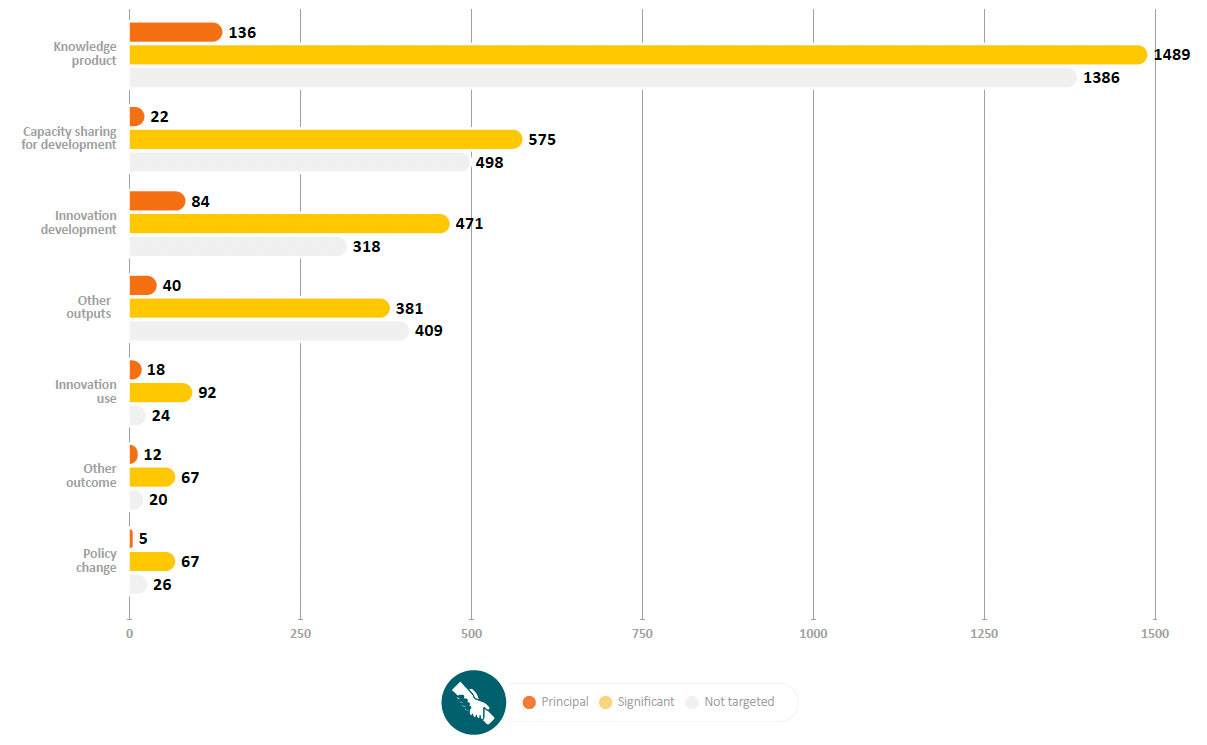
Figure 2. Number of results that poverty, by type.
Source: CGIAR Results Dashboard, accessed on 1 May, 2024.
Of the knowledge products reported, 1,489 (89 percent) were reported as targeting poverty reduction, livelihoods and jobs in a significant way, while only 136 (8 percent) declared these dimensions as the principal focus.
Considering the 1,625 knowledge products with a focus on poverty reduction, livelihoods and jobs by main category, reports were reported the most (423), followed by journal articles (278), presentations (166) and other types of knowledge products (233).

Figure 3. Number of reported knowledge products with focus on poverty reduction, livelihoods and jobs.
Source: CGIAR Results Dashboard, accessed on 1 May, 2024.
The CGIAR Research Initiative on Livestock and Climate had the highest number of Impact Area-relevant outputs (172) tagged as principal or significant, followed by 133 outputs reported by the CGIAR Research Initiative on Fragility, Conflict and Migration, and the CGIAR Research Initiative on National Policies and Strategies, with 125 outputs. This is indicative of a concentration of past investments on poverty reduction efforts in these areas of work.
The following examples illustrate the results focusing on poverty reduction, livelihoods, and jobs with a score of 2 (principal):
The contributions of scale-appropriate farm mechanization to hunger and poverty reduction: Evidence from smallholder systems in Nepal.
The adoption and impacts of improved parboiling technology for rice value chain upgrading on the livelihood of women rice parboilers in Benin.
How relative poverty influences responses to social protection programs: Evidence from Pakistan.
Building pathways out of poverty for ultra-poor internally displaced persons (IDPs) and vulnerable host communities in Baidoa, Somalia.
Targeting market segment needs with public-good crop breeding investments: A case study with potato and sweet potato focused on poverty alleviation, nutrition and gender.
Partners
CGIAR recorded nearly 3,000 partners in implementing its Portfolio. The production of knowledge products with a focus on poverty reduction, livelihoods and jobs involved 719 partners and 15 CGIAR and non-CGIAR Centers.
The main partners included national research organizations and universities (791 results) followed by NARES, national governments (566), and private companies (286).

Figure 4. Number of results by contributing partner type.
Source: CGIAR Results Dashboard, accessed on 1 May, 2024.
The top five contributing partners with a focus on this Impact Area are Kenya Agricultural and Livestock Research Organization (102 results), National Agricultural Research Organisation (Uganda) (100), the Wageningen University and Research Centre (97), the Zambia Agriculture Research Institute (73), and Ethiopian Institute of Agricultural Research (67).
Geographical distribution
The reported results tagged as “principal” for this Impact Area exhibit a global distribution, representing all continents and all six CGIAR regions, in addition to 54 results reported as having a global focus.
As could be expected for this Impact Area, there is a concentration of results in Africa with 629 in East and Southern Africa, 80 of which are tagged as “principal”, and 306 in West and Central Africa, of which 59 are tagged as “principal”. South Asia is the region with the second highest number of contributions, with 426 reported results, of which 58 are tagged as “principal”. Latin America and the Caribbean, Central and West Asia and North Africa, and Southeast Asia had 25, 12, and 10 results reported, respectively.
Unsurprisingly, the countries with the highest number of reported results include Bangladesh, Ethiopia, India, Kenya, Nigeria, Tanzania, and Uganda.
Innovations in support of poverty
The Portfolio primarily includes results in the form of technological (e.g. new high yielding varieties/breeds), institutional or policy (e.g. international agreements on seed exchange), capacity (e.g. training on methodologies to measure and assess decent job creation) and other innovations at various stages of readiness. Innovations are usually incremental in nature as they derive once delivered on the ground from iterative improvements of existing products, services, or tools. Interestingly, 555 innovations were tagged as either “principal” or “significant” to the Poverty Impact Area (Figure 5). The distribution of these innovations is uneven with an over-representation of high innovation readiness levels (levels 7, 8, 9 – prototypes; testing and validation of innovations in uncontrolled conditions) and medium innovation readiness levels (levels 4, 5 – testing and validation of innovations in fully controlled conditions). Increasing investment in radical and disruptive innovations is needed to close poverty gaps and make faster and more tangible contributions to SDG 1, SDG 8, and SDG 10.
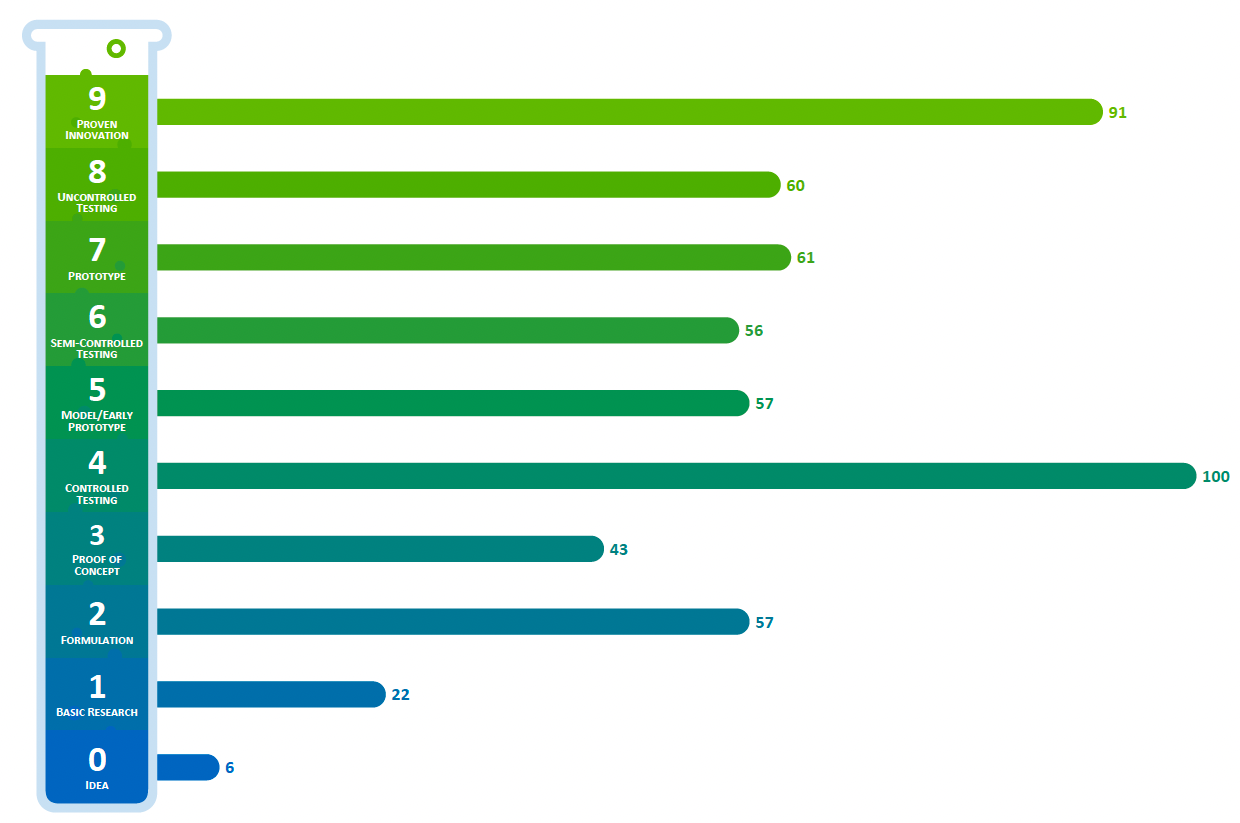
Figure 5. Number of innovations tagged as either Principal or Significant to the Poverty Impact Area.
A few lessons have been learned from the first year of reporting CGIAR Portfolio results against the Poverty Impact Area. It is important to recall that these results are self-defined tags by Initiatives/Impact Platforms/SGPs. The CGIAR poverty community will need to provide better guidance as to what can be tagged as poverty-principal and poverty-significant. Linked to this is the need to redefine tagging to establish a better understanding of the breadth and depth of the work that is being done by CGIAR specifically on poverty reduction, minimizing inequalities, and improving job quality. It is helpful to keep in mind the fact that those results that are not tagged poverty-relevant may still positively contribute to at least one of the dimensions of this Impact Area and SDG 1, SDG 8, and SDG 10.


